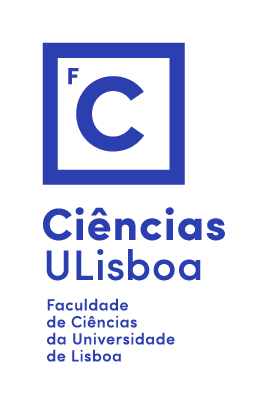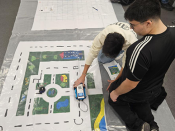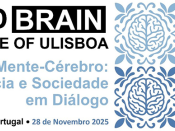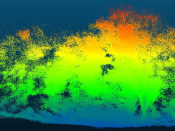
Por Louise Serpell (Sussex Neuroscience, School of Life Sciences, University of Sussex).
Alzheimer’s disease is one of a group of neurodegenerative diseases collectively known as the Tauopathies in which tau misfolds to form amyloid fibrils which accumulate intracellularly in the brain. The mechanism by which tau aggregation is initiated remains unclear. However, in Alzheimer’s disease, Amyloid beta aggregation may result in tau misfolding, whilst in Chronic Traumatic Encephalopathy, head trauma may be an initiator. Alongside environmental effects, genetic background plays a central role in vulnerability to protein misfolding as well as the susceptibility to toxic effects. Our work aims to explore the initiation events that lead to misfolding and the downstream deleterious effects on neuronal function in diverse genetic backgrounds. In this talk, I will describe our work that aims to uncover fundamental mechanisms of initiation of protein misfolding, assembly and toxicity that result in neurodegeneration. We have shown that amyloid-beta toxicity is generated alongside dynamic self-assembly and this results in impaired endo-lysosomal pathways resulting impaired synaptic vesicle dynamics and downstream neuronal death. Tau is a natively unfolded protein which, unlike Amyloid-beta, does not readily self-assemble. We have developed and characterised the structure of a model fragment, which self-assembles to form paired helical filaments in vitro which we have used to examine cellular mechanisms of transmission and toxicity. We consider the underlying mechanisms that may consolidate these findings and explore potential therapies.






















